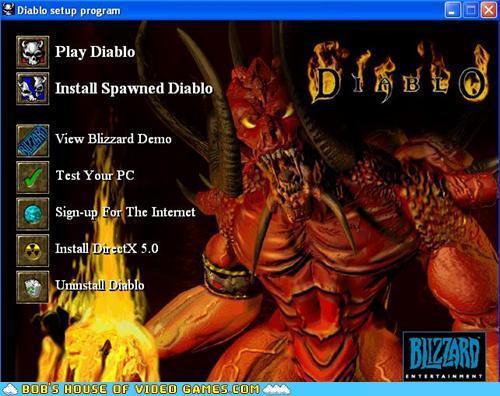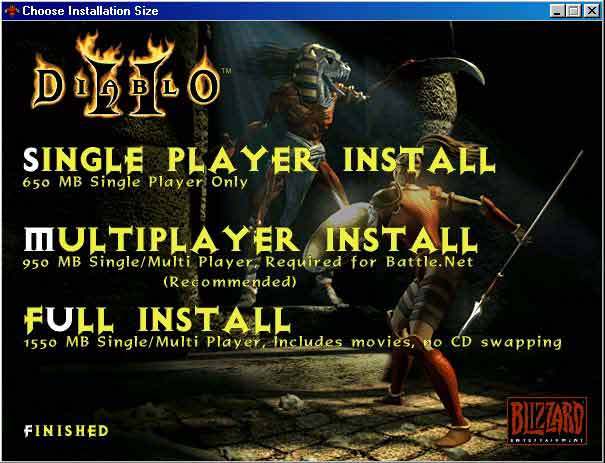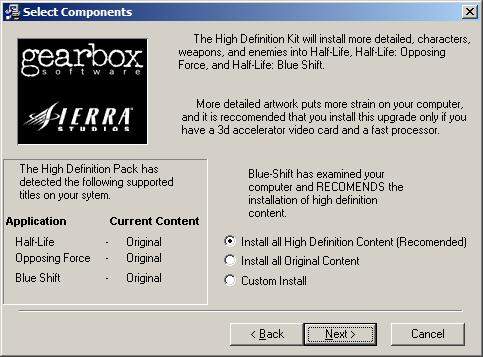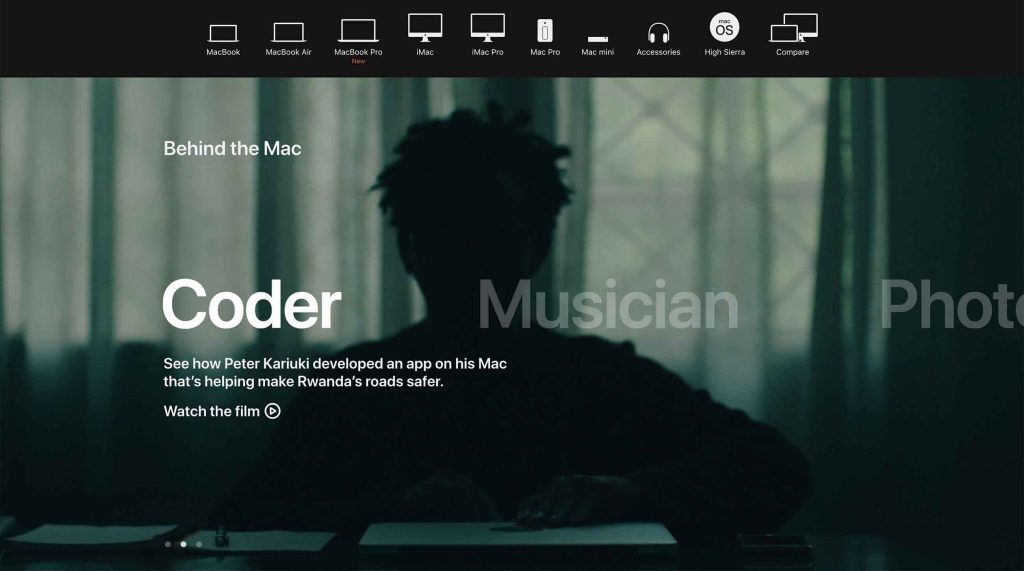As much as I’m advocating for doubling/tripling/quadrupling down on one specific audience under your umbrella, I understand there are cases when either:
- You simply don’t want to, because you don’t believe in it
- Your company is big enough to be able to handle multiple audiences (which could be another way of dealing with #1)
My usual opinion is the following: if there really are multiple tribes under the umbrella of your product, divide them amongst multiple products. That’s another conversation though.
Today I’m tackling this: handling multiple audiences under one product.
And to do that, we need to move our attention to video games.
I can’t know exactly when you were born but if this article gets into the right people’s hands — right by my standards — the following video games installers will look familiar.



Every video game installer has something we can learn as a SaaS company, when we’re talking about optimising the onboarding process.
A video game is software and its industry has been around for longer than SaaS companies, if we are to consider Salesforce as the first one (that’s for another article).
Here’s where the lesson I drew is highlighted:

That, to me, means one thing.
“Tell me which one of our users you are and I’ll take care of showing you what you need.”
Install all High Definition Content (Recommended): that’s meant to be for whoever has no idea what they should choose. That “recommended” add-on is meant to lead to a headache-free experience (as much as it can be considered one, given the three-way choice that was pushed to them already)
Install all Original Content: I suppose that’s targeted towards those who don’t want to get technical under the hood (option 3) but know that they don’t have enough space on their HDD or simply don’t care about HD content. Let’s consider it a middle-ground version and solution.
Custom Install: This was meant for whoever wanted to customize what’s getting installed and what not. The people who knew what this was about and needed their control.
In simpler words
To put it directly, video games installers had a point where a choice had to be made: were you a power user? The one who prefers customizing everything? Then pick “custom install” and knock yourself out.
Don’t know much? Simple, click here, we recommend this.
Some people don’t want headaches. Others prefer tinkering their way into things, even with some things like installing.
However, this lesson from the Half Life installer displays a positive example. On the other end, installing Quake 3 would lead you to a screen like this:

Of course, this should also be placed in the context of the PC industry back then — it’s happening 20 years ago when these products were not for everyone. Even the PC was not for everyone — yet.
Let’s rewind a bit more. This is how Doom’s launcher looked like in 95:

It’s easy to jump to conclusions and talk about the user churn that’s caused by an unfriendly onboarding experience — does it make sense though? Given who it was for back then? I’d say both yes and no, but we’re also looking at a very young industry. We still leave with some takeaways by analyzing it.
What can we learn out of all these?
I started this article prefacing it with some context on the discussions I have with some SaaS CEOs. And here’s my question to you:
Is there any point along the onboarding process you’ve put out for your users where they pick their customer profile?
Again, this applies only if you’re catering to multiple audiences.
Here’s another one: some companies mention on their website who the product is for. I gave this example a few articles ago — Apple explicitly named their target audiences for their MacBook Pro. What better way to convince people about a business move if it’s not giving the example of Apple.


The bottom line
Video games installers have a lesson for us: they make the user automatically place themselves into a customer profile pigeonhole. Are you doing that?
And the more important question: once they do that, are you tailoring a specific experience for all of them?
About Ch Daniel
I run Chagency_, an experiences design agency that specialises on helping tech CEOs reduce user churn. We believe experiences are not only the reason why users choose not to leave but also what generates word of mouth. We’re building a credo around this belief.
If I’ve brought you any kind of value, follow me and get in touch here: LinkedIn | Twitter | Email | Quora | YouTube (same content but in video)
I’ve also created an infinitely-valuable app for sneaker/fashion enthusiasts called Legit Check that impacted hundreds of thousands over millions of times – check it out at chdaniel.com/app
Please share this with someone and subscribe to our newsletter!— helps us keep pumping content?




